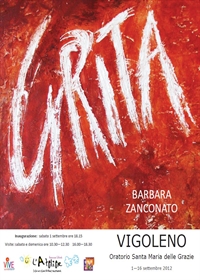My single line text

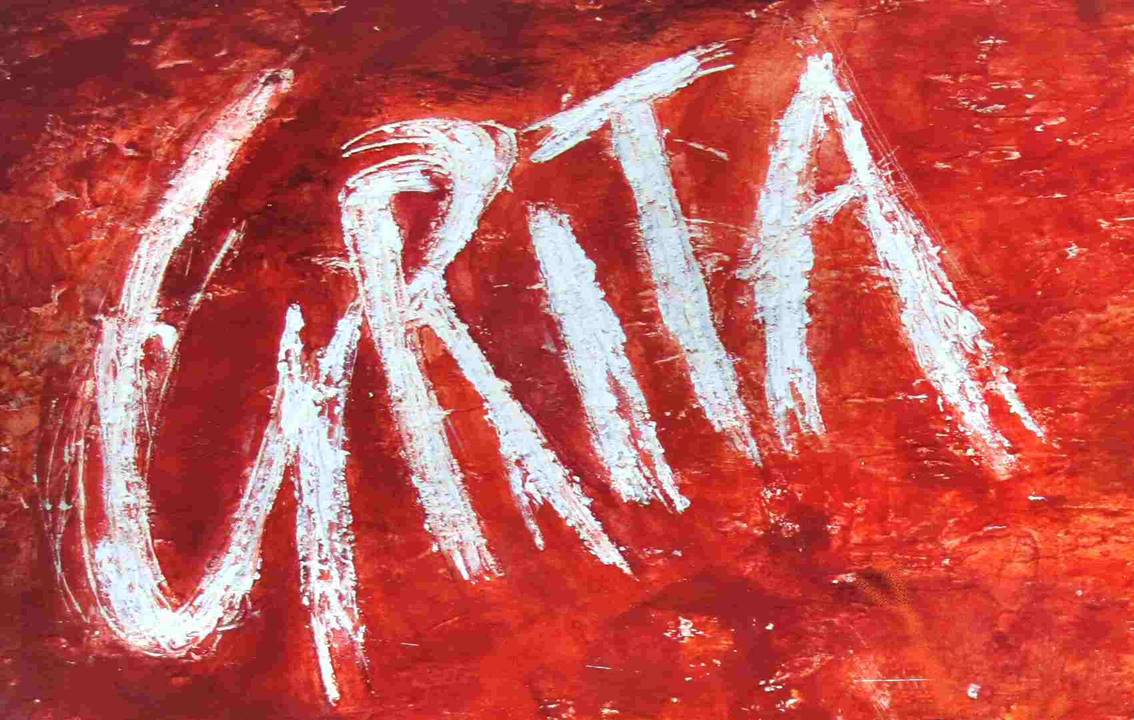

GRITA!
scream, shout! Not screams of pain or despair but a primal scream, wild, that comes from the depths of ourselves, a cry in reaction to everything that does not function today, against all those people who feel authorized by virtue of their money or by the position they occupy to have the right to impose themselves on others by claiming that others must follow their will. If confronted with the facts, they have no other response than phrases such as "you do not know who I am" or "do you know who you are talking to?"... people who do not know that the value of a person is not measured by money or social position but from the ability to have respect for others and above all not by words but by facts...
The behaviour of a person shows her character...
Gandhi, Mother Teresa, St. Francis did not need to say "you do not know who I am"... everyone recognized them and their values because they substituted words with action...
Deeds not words then are what determine the value and reputation of a person. "You are what you do"... so let us end empty words, and return to making sense of them but above all let us give meaning to what we do.
Coherence between what one says and what one does.
Certainly it takes courage to say no, sometimes it is much more comfortable to bow our heads and accept, but are we then proud of ourselves? Is it really living when we live in silence or according to the will of others?
The answer is always within us, we only need to listen to our inner voice and know it...
And when one day we will hear a "kriya" from within, a capitulation, a change that leads us to a "Grita", the cry of liberation of our true selves.
"The purpose of life is to develop ourselves, the perfect realization of our nature here is our reason for being," said Oscar Wilde. To give meaning to our actions is therefore to give a meaning to our lives but to do that we must get rid of everything that does not belong to us, to say no to anything that we cannot recognize as our own. For this we need to cry out loudly "Gritaaa"...
This exhibition is dedicated to all those who want to change and to let the world know that there are still people who say "No!"
Barbara Zanconato
Inaugural speech of the exhibitionVigoleno, september 1st, 2012
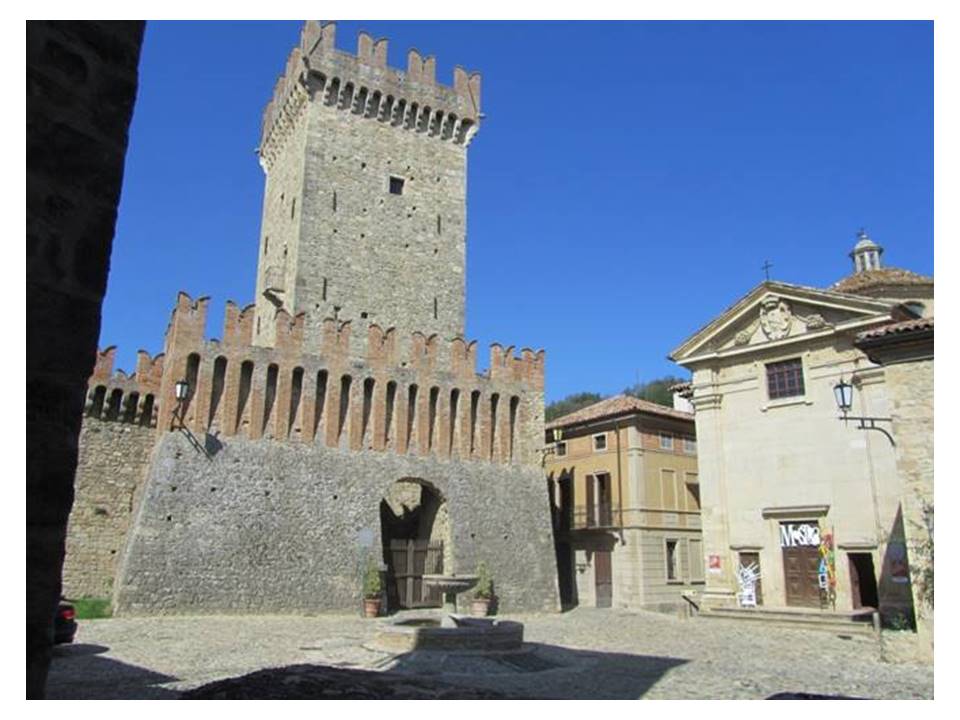
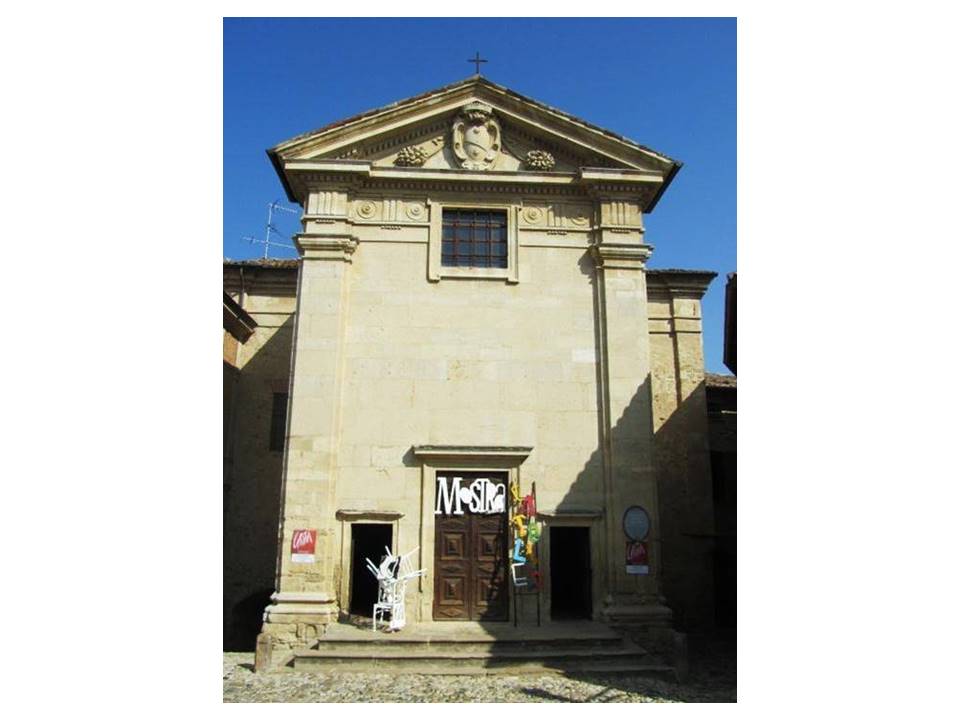
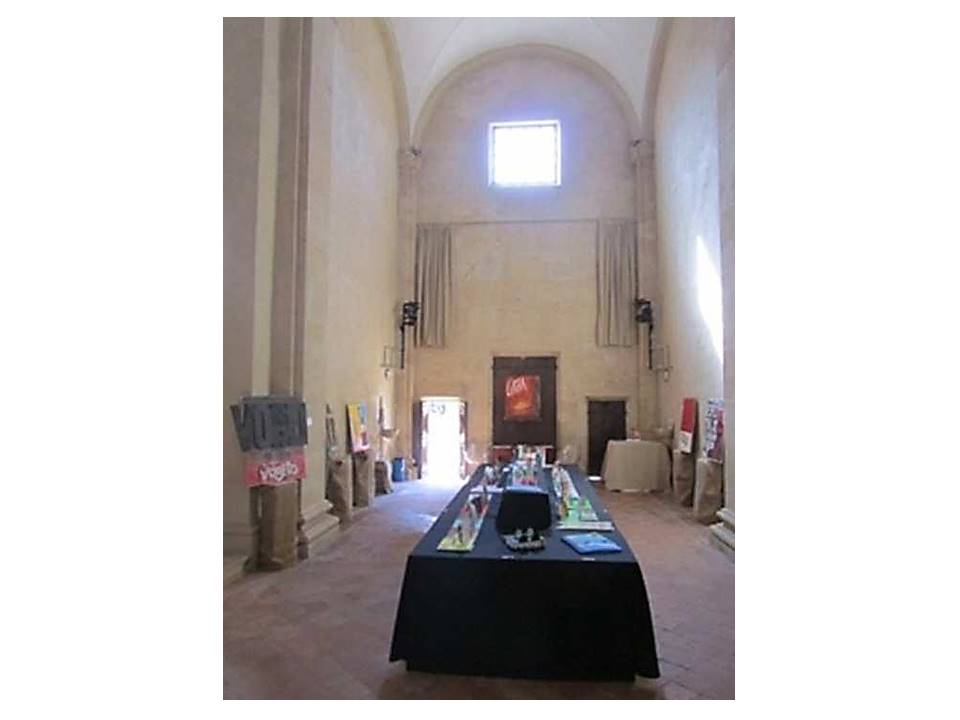
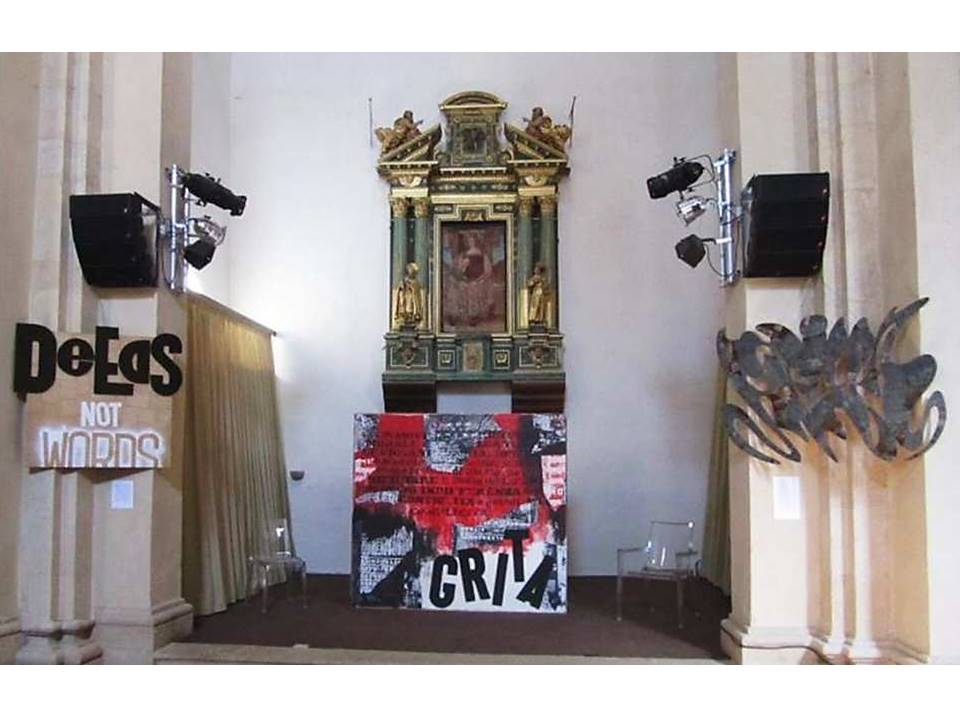
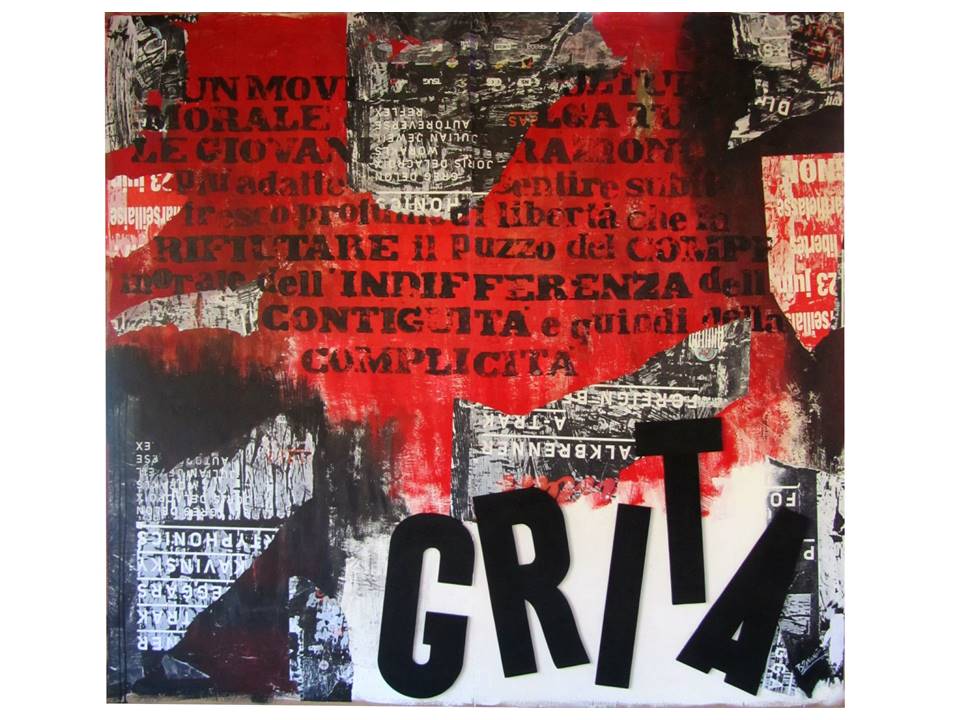
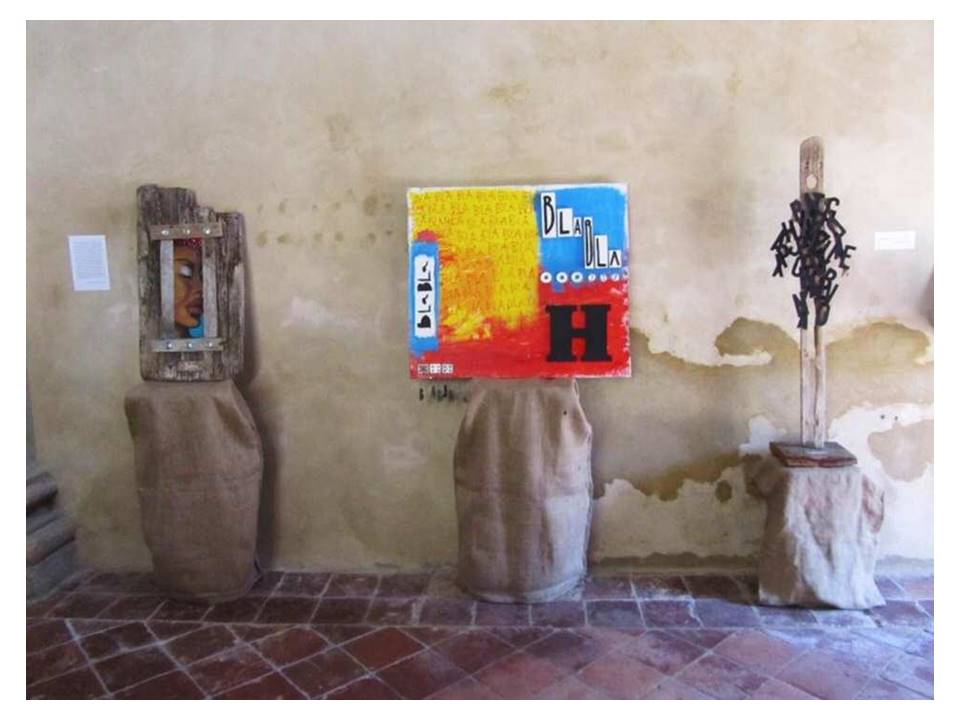
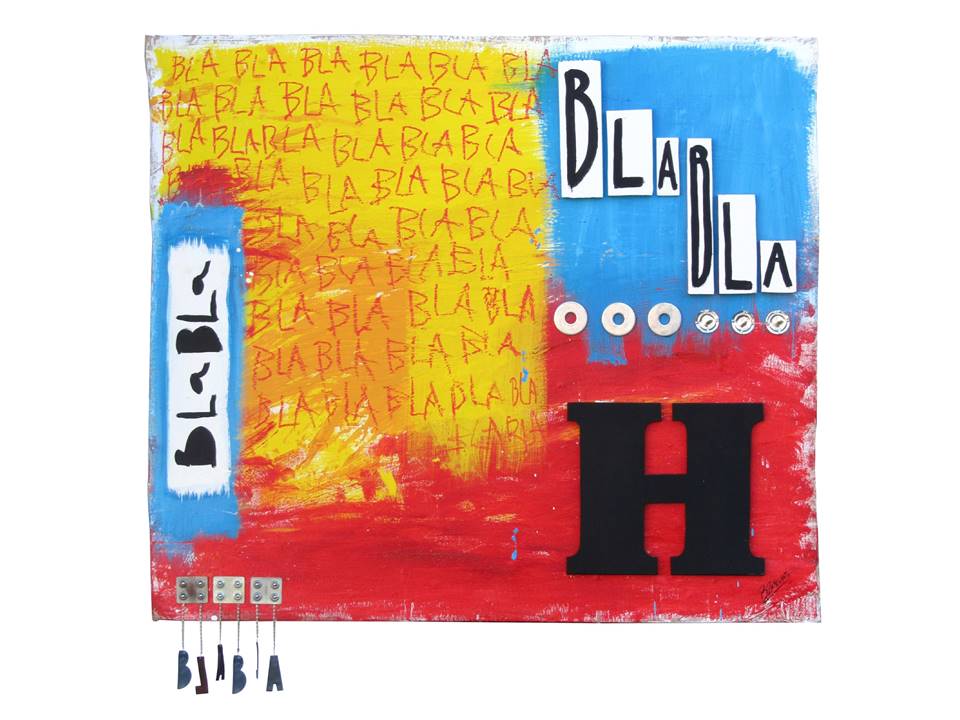
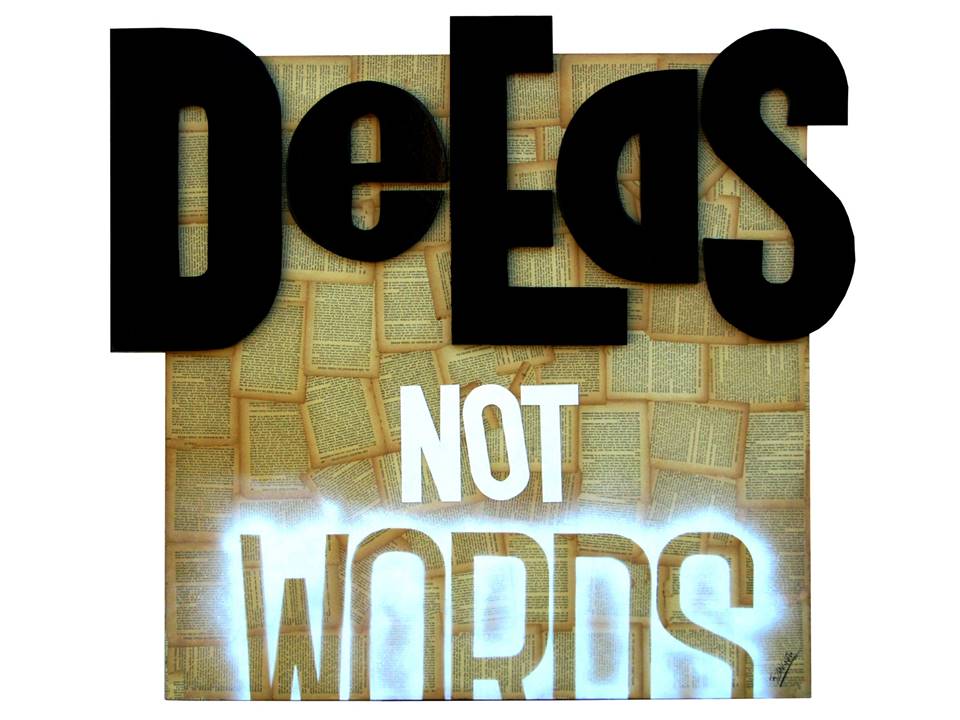
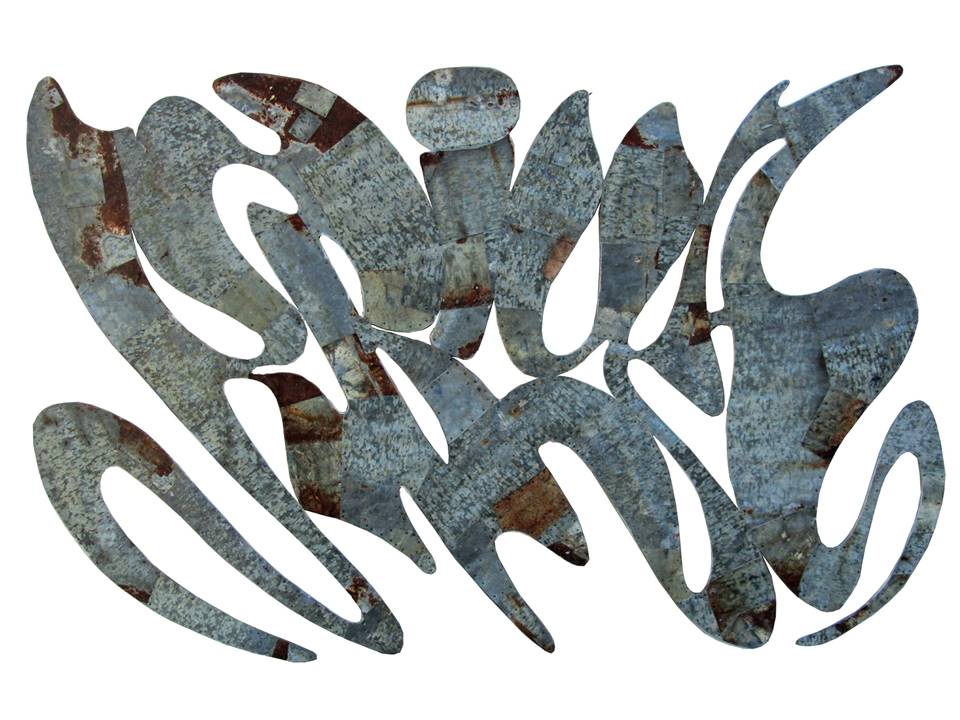
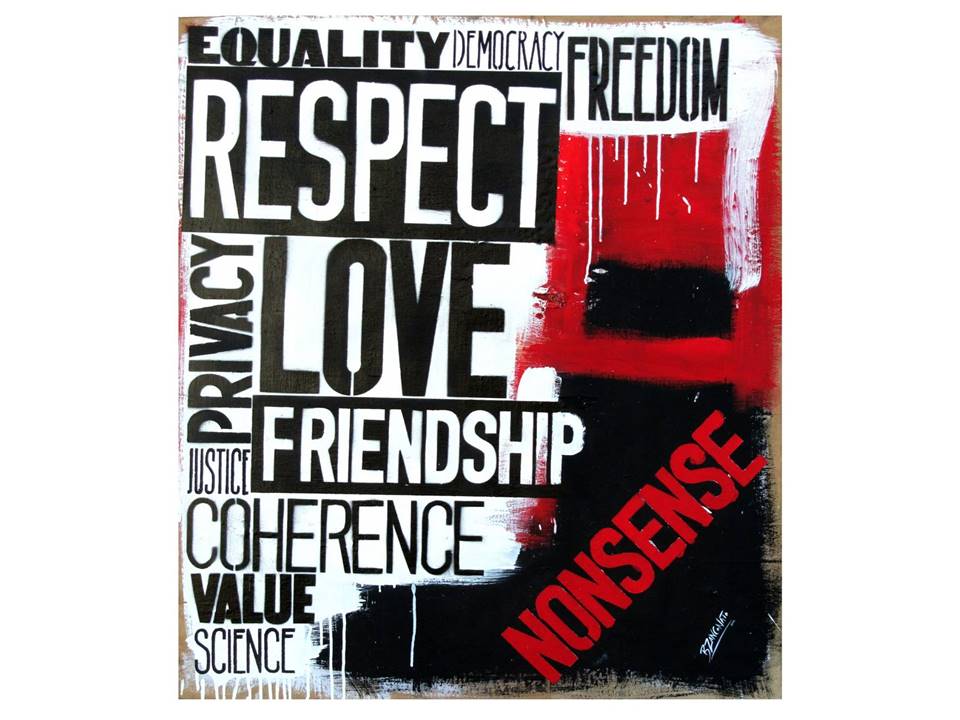
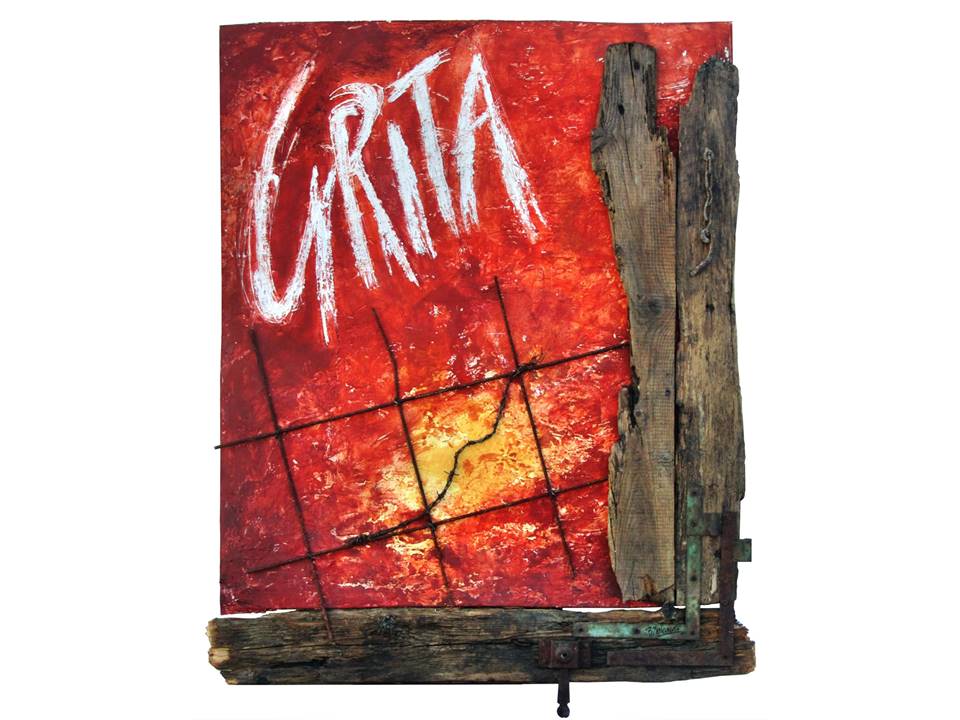
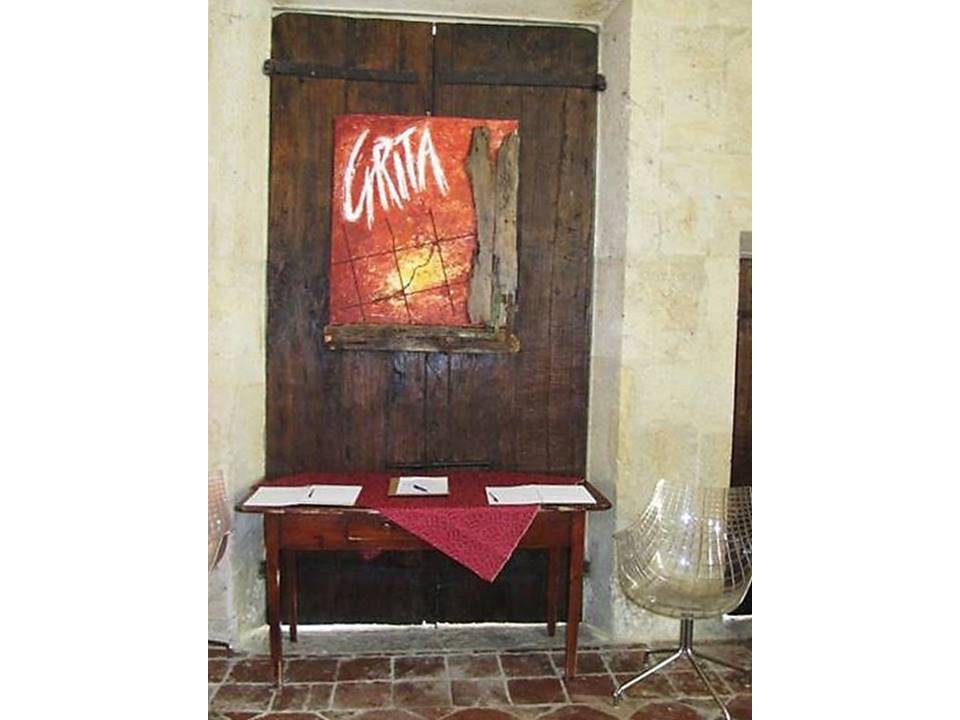

review
GRITA!
Tribute to Max Ernst
Roberto Tagliaferri
Tribute to Max Ernst
Roberto Tagliaferri
“Grita”, or “scream”, “cry”, but not that of Munch, a strangled cry and does not seem capable of freeing us from all the existential angst of being thrown in a hostile world and destined to death and the impersonal “one” of “one does” and “one says” with no way out, no safe havens, at the mercy of the weight of an unfulfilled promises which end badly.
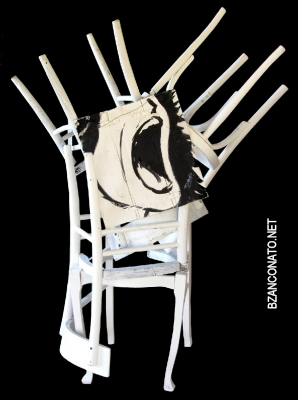
Rather, "Grita" by Zanconato resembles a protest full of hope because in the overwhelming desire to distance herself from our times, she calls for something new. The artist, in talking about her show, says, "Grita is a primal scream, wild, one that comes from the depths of ourselves, a cry in reaction to everything that does not function today, against all those people who feel authorized by virtue of their money or by the position they occupy to have the right to impose themselves on others by claiming that others must follow their will. If confronted with the facts, they have no other response than phrases such as "you do not know who I am" or "do you know who you are talking to?"
She does not direct her dissent towards the political world with its inconclusive rituals. Instead, art is used for its transforming capacity of pragmatic communication.
Zanconato is not new to Vigoleno, she has already exhibited her works here on two occasions along with works by children who have attended her workshops involving the creative and therapeutic, always with the joy of making something from nothing, making new life, new impossible characters from discarded objects and creating an incredible liveliness in the mixture of colors and shapes.
This year the artist is exhibiting almost as a sole artist, although there are traces of her students’ works. The show offers view of her personal style as an artist, one who knows how to revive objects and create from almost nothing. It is a rustic trash art which uses anything and remodels it. It is not minimalism kitsch, exuding instead a tremendous sensitivity, communicating primordial emotional states in an exhibition designed with care and wisdom in the pleasant rooms of the Oratory of Vigoleno.
She does not direct her dissent towards the political world with its inconclusive rituals. Instead, art is used for its transforming capacity of pragmatic communication.
Zanconato is not new to Vigoleno, she has already exhibited her works here on two occasions along with works by children who have attended her workshops involving the creative and therapeutic, always with the joy of making something from nothing, making new life, new impossible characters from discarded objects and creating an incredible liveliness in the mixture of colors and shapes.
This year the artist is exhibiting almost as a sole artist, although there are traces of her students’ works. The show offers view of her personal style as an artist, one who knows how to revive objects and create from almost nothing. It is a rustic trash art which uses anything and remodels it. It is not minimalism kitsch, exuding instead a tremendous sensitivity, communicating primordial emotional states in an exhibition designed with care and wisdom in the pleasant rooms of the Oratory of Vigoleno.
A brief analysis of the artist’s style reveals that she takes heart from the lessons of Marcel Duchamp when he upended a urinal and signed it "R. Mutt”, ushering in contemporary art among the scandalized clamor and violent reactions which kept him from the 1917 exhibition organized by the Society of Independent Artists in New York.
The novelty of the "readymade", a reuse of everyday things in art radically posed the problem of what an artwork really is, if any object could enter a museum. Certainly Duchamp made a clean sweep of the conceit of art critics, but he also ushered in a linguistic revolution because he made us realize that the meaning of an object depends primarily on the context in which it is found.
The novelty of the "readymade", a reuse of everyday things in art radically posed the problem of what an artwork really is, if any object could enter a museum. Certainly Duchamp made a clean sweep of the conceit of art critics, but he also ushered in a linguistic revolution because he made us realize that the meaning of an object depends primarily on the context in which it is found.
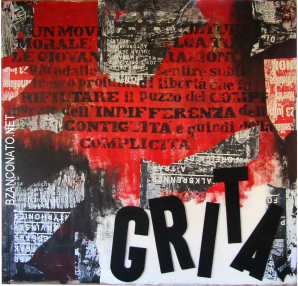
It is in this tradition of contemporary art that Zanconato places the poetry of her works, not only repositioning used objects in a space, but also regenerating them until they possess a more formal and aesthetic tension, taking the unskilled and useless and making it "artistic". The mastery of the artist lies in this new power to transfer the process of symbolization of thought to objects in a masterful symbolic operation, one that is accepted because it seems obvious but which is sometimes difficult to explain and understand.
The symbol is an object with a primary meaning, for example, "chair", which contains a more complex meaning, such as "position of convenience". In line with this, the hill of "The Infinite" by Leopardi is not just a geographical entity but also the barrier that triggers the experience of immensity.
The objects by Zanconato lose their primary meaning of normal use and acquire a symbolic meaning of another kind, that of travel, discovery, hope or protest, for example. The effect of defamiliarization is further corroborated by the words, which do not specify anything in particular, in fact they are often letters juxtaposed at random for a "Babel semiotics" open to wider worlds. Even when there is a mention of an important character, as in the work that stands in the exhibition space, the words are always a somewhat hidden, to invite the viewer to search and linger.
The symbol is an object with a primary meaning, for example, "chair", which contains a more complex meaning, such as "position of convenience". In line with this, the hill of "The Infinite" by Leopardi is not just a geographical entity but also the barrier that triggers the experience of immensity.
The objects by Zanconato lose their primary meaning of normal use and acquire a symbolic meaning of another kind, that of travel, discovery, hope or protest, for example. The effect of defamiliarization is further corroborated by the words, which do not specify anything in particular, in fact they are often letters juxtaposed at random for a "Babel semiotics" open to wider worlds. Even when there is a mention of an important character, as in the work that stands in the exhibition space, the words are always a somewhat hidden, to invite the viewer to search and linger.
I have dwelt on the mechanism of symbols in art, rather than the explicit will of the exhibition and the intentions declared because art has the power to say more than the artist intends it to reveal.
A huge amount of meaning is attributed to the primary significance of a broken chair by the visitors to the exhibition who observe it, meanings which go beyond the intentions of the artist. The position of the artist in the contemporary scene does not dampen Zanconato’s artistic intention because she has always interpreted her creative verve with pedagogical sensitivity. The presence of her students’ works in this exhibition fulfils a creative need because she does not confine herself to satisfying her audience. She also takes on an educational role towards the younger generation in what seems almost a recreation of the teaching function of ancient artists workshops.
A huge amount of meaning is attributed to the primary significance of a broken chair by the visitors to the exhibition who observe it, meanings which go beyond the intentions of the artist. The position of the artist in the contemporary scene does not dampen Zanconato’s artistic intention because she has always interpreted her creative verve with pedagogical sensitivity. The presence of her students’ works in this exhibition fulfils a creative need because she does not confine herself to satisfying her audience. She also takes on an educational role towards the younger generation in what seems almost a recreation of the teaching function of ancient artists workshops.
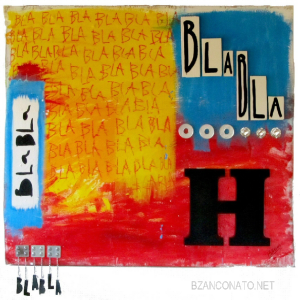
Cimabue and Giotto, Michelangelo and Vasari so, so Verrocchio and Michelangelo, who performed the works of their client using the skills of their pupils. Without denying the personal creativity of the teenagers involved, the inspiration of the master can be felt in the works of the pupils. Zanconato reveals herself in the results of her school, not limiting herself to only one way of understanding art but extending the interest to the welfare of the person, as if art is a therapeutic process of education and a way of healing the conscience.
It is primarily for this aspect of genuinely artistic therapeutic transfiguration of reality that it was desired that the exhibition be linked to the annual "Tribute to Max Ernst" of the "Vigoleno village of the arts" cultural association. The annual festival honors the time the German born and naturalized American painter spent at Vigoleno. The artist, who loved this village, created the large canvas "The embalmed forest" (1933), today at the Menil Collection in Houston, and devised many frottages displayed at the Musée d 'Orsay in Paris a few years ago. After honoring many of famous names linked to Ernst, such as Lucio del Pezzo, Enrico Baj, Maurice Henry and Jean Cocteau, it was decided to dedicate the exhibition space to a little-known artist, one whose poetic works deserve to in the same ranks.
It is primarily for this aspect of genuinely artistic therapeutic transfiguration of reality that it was desired that the exhibition be linked to the annual "Tribute to Max Ernst" of the "Vigoleno village of the arts" cultural association. The annual festival honors the time the German born and naturalized American painter spent at Vigoleno. The artist, who loved this village, created the large canvas "The embalmed forest" (1933), today at the Menil Collection in Houston, and devised many frottages displayed at the Musée d 'Orsay in Paris a few years ago. After honoring many of famous names linked to Ernst, such as Lucio del Pezzo, Enrico Baj, Maurice Henry and Jean Cocteau, it was decided to dedicate the exhibition space to a little-known artist, one whose poetic works deserve to in the same ranks.
Zanconato’s works are proof that the age of surrealism, inaugurated by Ernst, is not over. Quite the opposite, as it seem that, in this fragmented and disoriented time, there is still room for daydreaming, that the daily realities are not enough for anyone, and men and women will continue to reinvent the world for as long as they exist.
